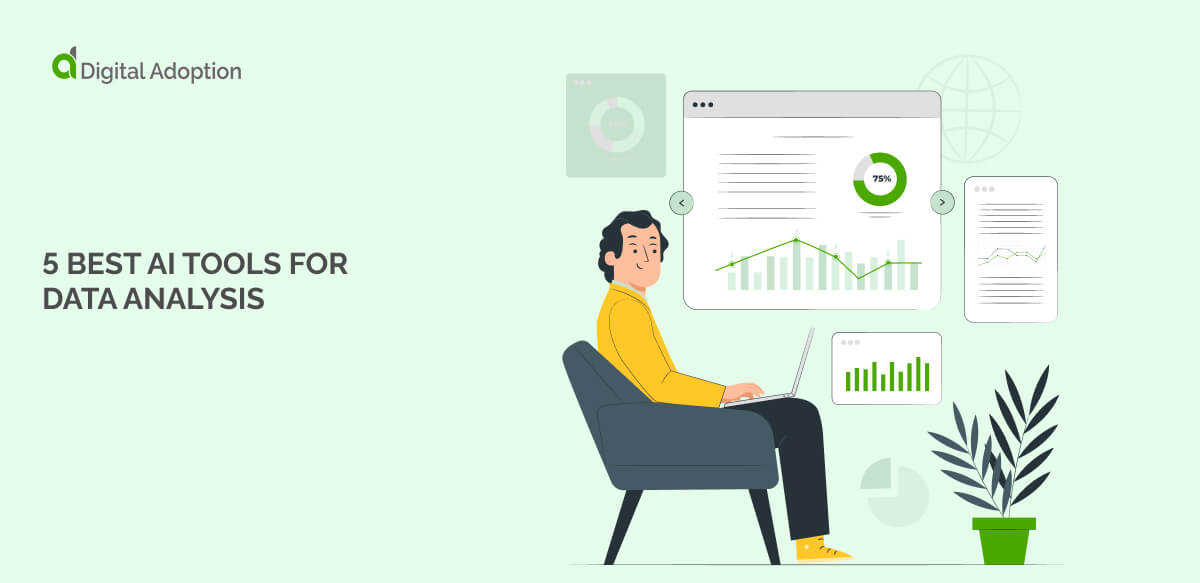Operational costs, also known as operational expenses or OPEX, are the total costs involved with a business’s daily work.
In this extensive category, there are many opportunities to significantly reduce costs without impacting central processes or the cost of goods sold. Digital adoption solutions are becoming the go-to method for optimizing processes and increasing efficiency in companies.
These solutions allow internal employees to efficiently streamline their workflows and improve organizational collaboration with minimal effort.
As we will see, some operational expenses can be reduced without significantly impacting the company’s work. Indeed, a strategy like hybrid working is likely to be welcomed by many staff members.
But like all drives for efficiency, reducing operational costs must involve some form of organizational change. It’s simply not possible for a company to keep behaving in precisely the same way and expect to achieve growth. Becoming more efficient, reducing costs, and increasing revenues all mitigate the barriers to organizational change.
Companies that cut costs may accidentally impact their long-term business goals. Fortunately, many strategies to reduce operating costs are easy to implement. With that in mind, this article will discuss some simple steps a business can take to reduce costs.
- What Are Operational Costs?
- The Importance of A Good Operating Margin
- Are Operating Costs The Same as Selling, General, and Administrative Expenses (SG&A)?
- The Challenges of Maintaining Healthy Operational Costs
- 15 Actionable Methods To Reduce Operational Cost
- How Far Can A Business Save Money With Improved Operational Expenses?
What Are Operational Costs?
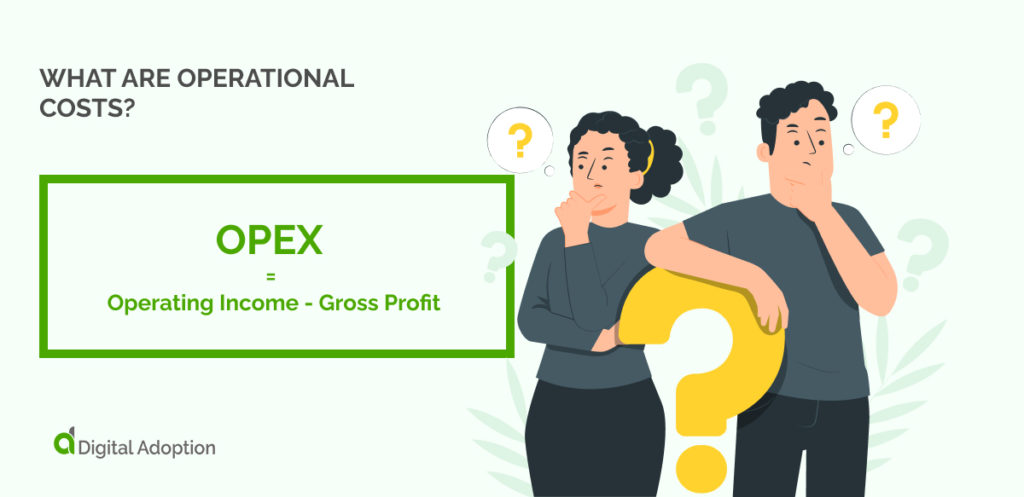
A business’s operational costs include all the expenses incurred from its day-to-day running.
That might include:
- Sales Costs
- Salaries, Wages, & Other Labor Costs
- Insurance
- Property Tax
- Advertising/Marketing
- Office Maintenance
- Office Supplies
- Utility Bills (electricity, water, gas)
- Travel Costs
We calculate operating expenses by subtracting gross profit from operating income.
OPEX = Operating Income – Gross Profit.
Operational costs are not the only type of costs that a business incurs. Other forms of cost include:
- Cost of goods sold. The cost of producing a business’s services is not part of operating costs.
- Capital expenditure (or CAPEX). One-off machinery, IT hardware, or premises investments are not part of operating expenses. In some jurisdictions, capital expenses are not taxed – while operating expenses are)
- Depreciation of property. A business’s material property will incur wear and tear over the years. This does not count as an operational cost.
Understanding operational costs are important because it can give a clear idea of the efficiency of a company’s business activities.
The Types of Operating Expenses
Operating costs can include fixed COSTS and variable costs. The category also includes overheads (which, in many cases, are similar to fixed operating expenses).
Fixed Costs
These costs do not change with the amount of work the business does. Office rent will stay the same in busy months and slow months. Likewise, insurance, utility bills, and compliance fees don’t change.
Fixed costs are usually included in the sum of operational costs and the cost of goods sold.
Variable and Semi-Variable Costs
Variable costs will go up and down depending on the rate of production in a business.
Fees from credit card providers or an eCommerce platform are a clear example. For businesses requiring manual labor, electricity, fuel, and other workshop supplies will vary.
Overhead Costs
Overhead costs (or just “overheads”) are fixed costs. Overhead costs do not include anything that will go directly into producing a product or service. The rent on an office or the mortgage on a factor are examples of overhead costs.
The Importance of A Good Operating Margin
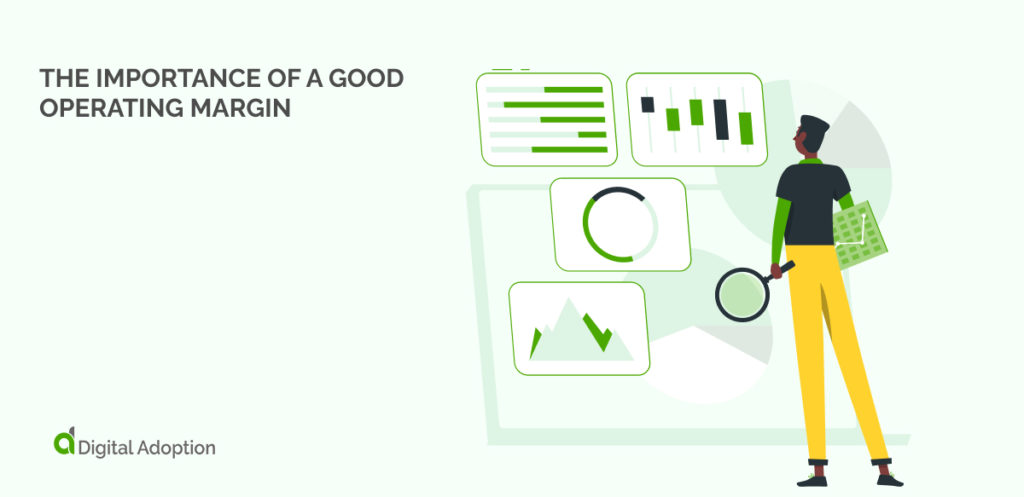
An operating margin, sometimes called the “operating profit margin,” is a percentage calculated by dividing the operating income by net revenue. It’s similar to the operating expense ratio used in real estate forecasting.
A higher percentage means the business will produce larger profits. There is no abstract measurement of a “good” operating margin. A business’s operating margin should be compared to other companies in the same industry.
However, there are good reasons for every business to improve its operating margin as much as possible. It helps a business to improve cash flow, maintain a healthy operating income, and ensure that relationships with external vendors and partners are successful.
A good operating margin can lead to cost savings. For example, a good operating margin means a business is far less likely to pay late fees for missed invoices.
Are Operating Costs The Same as Selling, General, and Administrative Expenses (SG&A)?
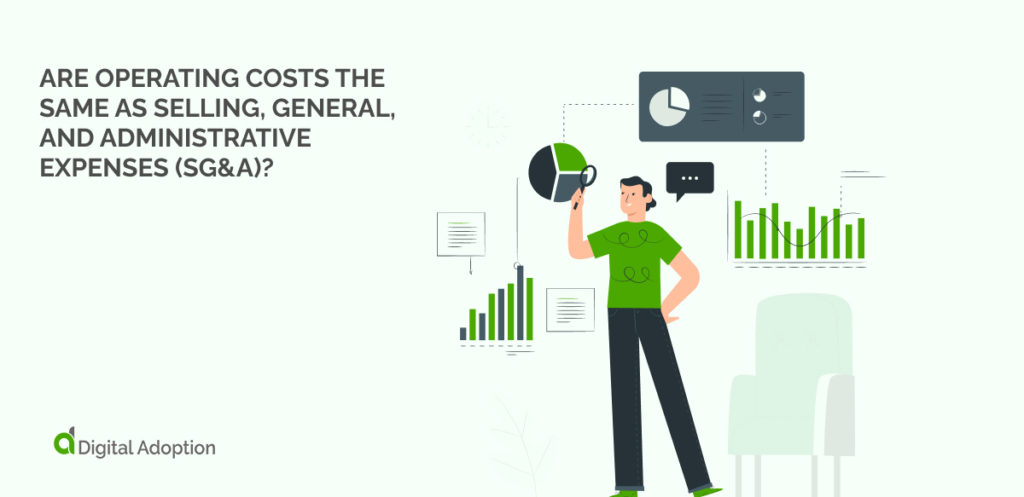
In many cases, Operating Expenses and SG&A are identical. When companies minimize their expenses by focusing primarily on revenue-generating activities, it’s unlikely that they will incur any operating costs unrelated to SG&A.
Operating costs not included in SG&A may consist of interest on the debt. More substantially, Research and Development costs will not be part of SG&A.
These costs may be vital to the long-term viability of a more significant business. Still, they don’t have a direct relation to immediate revenue-generating activities that companies are built around.
The Challenges of Maintaining Healthy Operational Costs
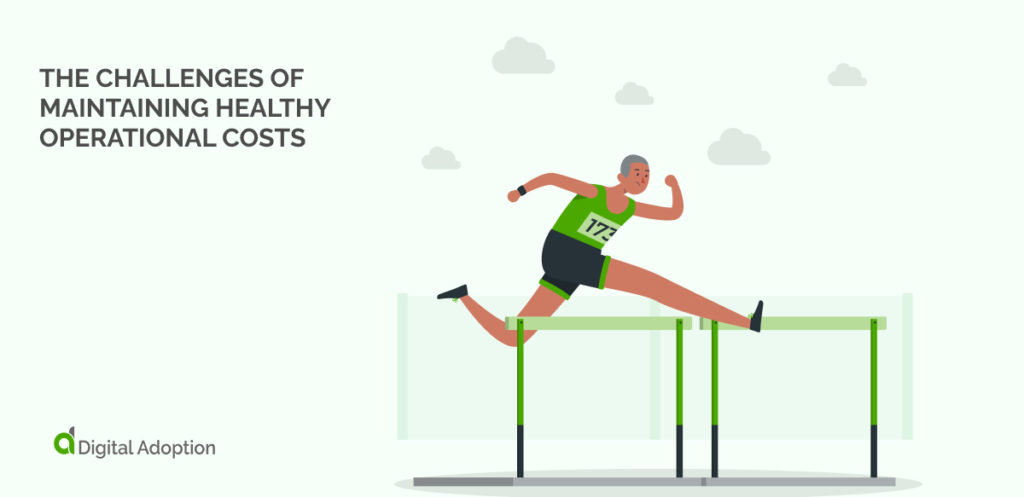
Running an inefficient company is far easier than running an efficient company. And When it comes to OPEX, some spending reductions will feel challenging to cut back on.
After all, no one wants to make life more difficult for their staff. They’ve got enough to deal with. So cutting back on business trips, cutting back on office parties, or extensive hot desk facilities runs the risk of reducing employee satisfaction.
Like any change, changes in cost allowances need to be managed well.
Furthermore, when essential operating expenses increase, it can be difficult to budget. So good monitoring, evaluation, and forecasting are all essential.
15 Actionable Methods To Reduce Operational Cost
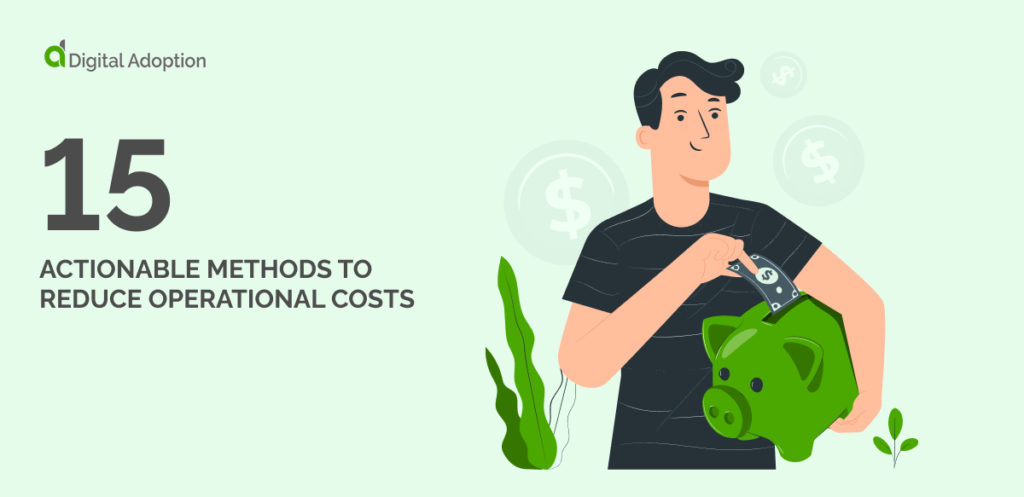
Saving money in a small business is important, and it is not always difficult.
Here are 15 steps most businesses can take to ensure that their expenses are helping them achieve their business goals:
- Establish A Cost Reduction Strategy
Although companies can reduce operating costs quickly, starting the exercise with a clear strategy is wise.
The strategy may begin simply by looking closely at business expenses and becoming more aware of the costs coming out of the company’s bank account every month. Small businesses often do not have a straightforward tracking method for each operating cost.
But taking a bank statement and looking closely at everything that’s coming and going out automatically demonstrates whether or not more extensive improvements need to be made.
- Audit and Terminate Redundant Services and Applications
Reducing redundancy makes for an effortless way to save money without negatively impacting business functions.
When a business starts looking closely at its expenses, it might realize there are overlaps in the services they buy. If they’re paying monthly for both Google Drive and Dropbox – there’s a quick and easy saving to be made. Or, a small business might only use a few features from a major software subscription. They’d likely get better value out of the free version.
With a careful audit of software subscriptions, either as a one-off event or an ongoing process, businesses can quickly save money without negatively impacting their business.
- Streamline Business Processes With Automation Software
It’s no good having applications a business doesn’t need, but automation software is a great way to reduce expenditure in the long term. Even though automation requires a business to spend money, those costs are quickly recouped.
Automation will look different in different industries. Typically, it takes the hassle out of the most tedious jobs in monitoring, data collection, and reporting. Automation is never a replacement for the expertise of well-trained staff. Most businesses can benefit by applying software solutions to accounting, communications, payroll, and even marketing.
With the right KPIs, metrics, and goals, you can achieve (and measure) the ROI of effective change management by implementing digital solutions.
- Minimize Surplus Expenses
Very few businesses can operate with 100% efficient spending. There will always be times when the cost of events, travel, and production doesn’t lead to improved revenue.
However, excessive spending may happen all over a business without the managers knowing a thing about it.
That’s why the best people to identify inefficiencies in operating costs are the rank-and-file staff. Is the company sending out too many people on business travel? Does the air con consistently stay turned “on” at the weekends? Is everyone printing out emails?
The best way to know is by asking.
- Reduce The Electricity Bill (Turn Off The Lights)
When everyone in a company works hard to increase profits, it can be easy to forget about energy consumption. If there’s a bit of wasteful spending on electricity or gas, isn’t that compensated for by additional revenue?
Everyone can agree that an office space needs to be comfortable and light for all users. But on an office-wide scale, electricity can be a major source of wasteful spending. Turning off lights, judiciously using heating (and cooling), and restricting energy-hungry devices can significantly reduce operating costs.
Businesses of every size can benefit from this process. Remember that the use of energy is not always predictable. For example, the UK Office for National Statistics study found that small businesses had a far higher energy intensity than large businesses. Every company should look closely at its use of energy.
- Reduce Carbon Emissions and Environmental Impact (Go Paperless)
Many consumers now assume that every business is responsible for reducing its carbon footprint. So when it comes to operating expenses, a company that commits to minimizing its environmental impact stands to improve its reputation and save money.
Some positive changes can be achieved through culture shifts. Printing agendas off for every meeting is unnecessary if your staff works on laptops or other portable devices. Deeper investments can include better insulation, energy-efficient equipment, and energy-saving lightbulbs.
- Adopt an SEO Strategy
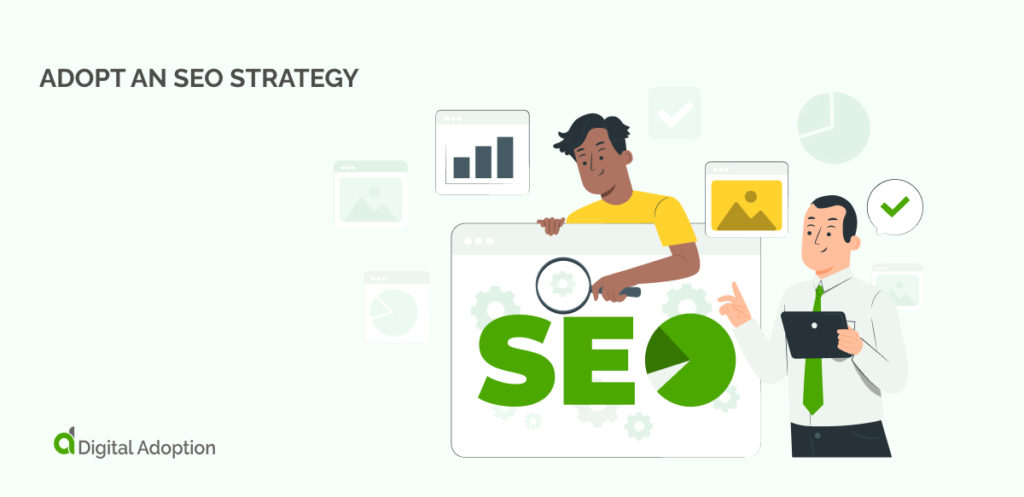
Full-service marketing costs can be extremely high for businesses trying to cover all possible strategies.
Search Engine Optimization (SEO) strategies are an excellent long-term solution to inbound lead generation. Even though the costs add up, good SEO will lead to far more productive work in the long run.
But a business’s content, backlinks, and UX investment can realistically lead to long-term leads and sales.
- Hire Interns or Virtual Assistants
Interns can represent great value for money.
A good company will pay an intern in line with the local cost of living. Once they have spent a few months working, it’s clear whether their skills are a good match. They can slip into a permanent role without the costs of recruitment or turnover.
Virtual assistants can be very flexible, adapting to the particular administrative needs of a week or month.
- Outsourcing and Subcontracting
Outsourcing work to freelancers and contractors can be a very cost-effective way of getting work done.
For example, a small business may not need a full-time hire to work on marketing. But an ongoing arrangement with a freelancer could help them to fulfill all their needs.
Freelancers and contractors often have a high ticket prices. But, short-term projects can produce great results without the extensive costs of hiring and maintaining a full-time or part-time staff member.
- Streamline Financial Operating Processes
Finance and accounting are at the heart of a cost-saving initiative.
A company’s current staff may be on top of paying invoices, administering payroll, and processing expenses. But they won’t always have the time to make those processes completely efficient and transparent.
Implementing accounting software like Quickbooks or Xero can be a great way to monitor all the costs a company incurs. The software supports existing staff and makes the ongoing process of reducing costs far easier to handle.
- Consider Competing Vendor Bids
Procurement is a serious matter for big businesses. They know that pricing systems can be both competitive – and not at all transparent.
A consistent tender process can help a company get the best deal on any service they buy. This may involve some outlay initially but will reduce operating costs significantly in the long term.
Research from Gartner in July 2022 reported that “two in five IT leaders regret technology purchases due to unfavorable terms or overpriced fees.” Evaluating competition makes it easier to see who might be taking advantage of a naive company.
- Transition Staff To Hybrid or Remote Work
The global pandemic introduced many companies to remote and hybrid working possibilities. Since then, research from McKinsey has shown that “More than four out of five survey respondents who worked in hybrid models over the past two years prefer retaining them going forward.”
Although relatively few companies are fully remote, the opportunity to work from home offers excellent benefits for employee satisfaction. From a company’s point of view, the staff is likely to be more productive while helping to reduce operational costs at the office itself.
- Reduce Physical Office Space
Companies that embrace the remote or hybrid working model can save their office space significantly.
A smaller physical office does introduce some new tasks. For example, an office manager must keep careful track of desk availability.
When long-term physical downscaling isn’t an option, redundant desks or offices can often be leased to freelancers at a fee.
- Pay Your Invoices and Bills Ahead of Time
Paying in cash is preferable to credit for many vendors. Getting expenses out of the way makes it easier to see the company’s current account balance. And best of all, it means no late payment fees.
- Consolidate Organizational Events and Activities
Bringing together different events can be a sensitive issue. But a clear direction can seriously help to reduce operating costs.
If there are several birthdays in one week – can they all be marked simultaneously? Is one department holding too many away days? Stacking these events can lead to significant savings per participant.
How Far Can A Business Save Money With Improved Operational Expenses?
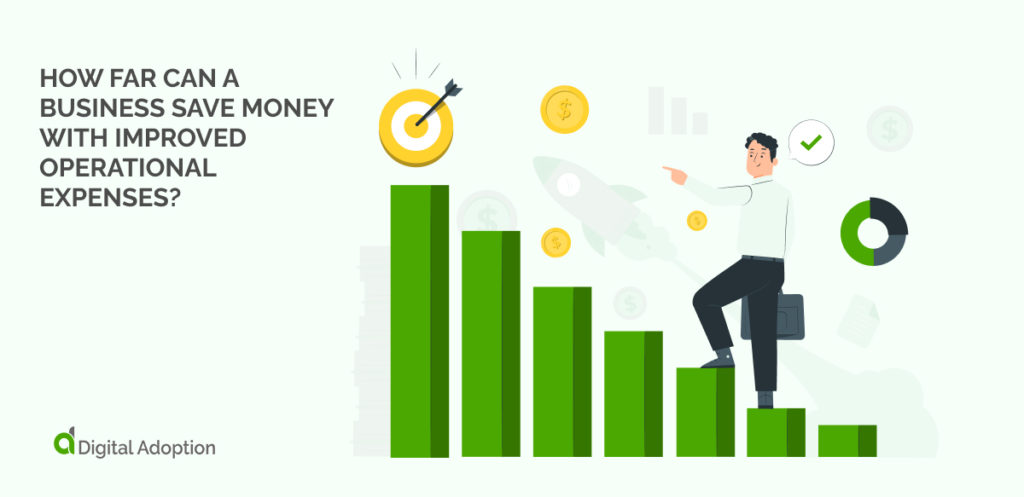
There’s no question that the operating costs businesses incur can often be reduced. By taking immediate action and ensuring that cost reduction is an ongoing process, businesses of any size can become leaner, more efficient, and more profitable.
As a business, one of your main priorities is to reduce overheads while still providing high-quality services and products to customers. While many companies look towards traditional methods such as automation or outsourcing to achieve this goal, digital transformation presents the most cost-effective solution in the long term.
With digital transformation, a company can streamline its operations, improve business processes, and increase productivity using technology. For example, implementing a cloud-based document management system can eliminate the need for paper files and allow your team to access documents from anywhere and at any time.
However, operating costs can only be cut so far before they start impacting how small business functions. Cost savings may be a false economy if efforts to reduce operational costs lead to a hostile work environment.
As described above, small businesses can start by rigorously evaluating their outgoings, and surplus spending can only be eliminated when managers see it.

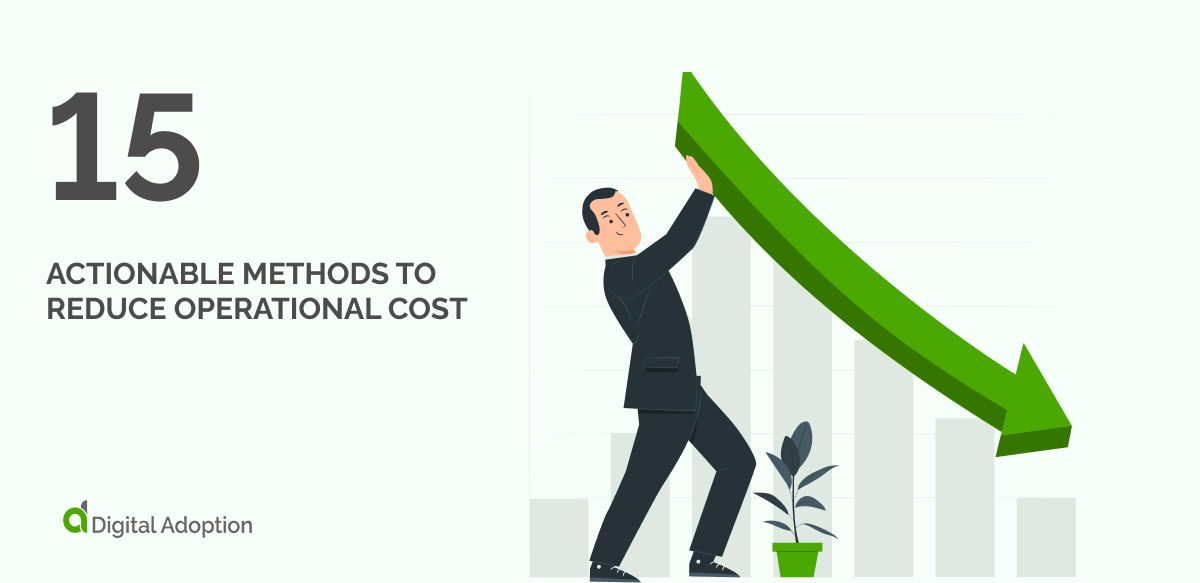





![4 Best AI Chatbots for eCommerce [2025]](https://www.digital-adoption.com/wp-content/uploads/2025/03/4-Best-AI-Chatbots-for-eCommerce-2025-img-300x146.jpg)



